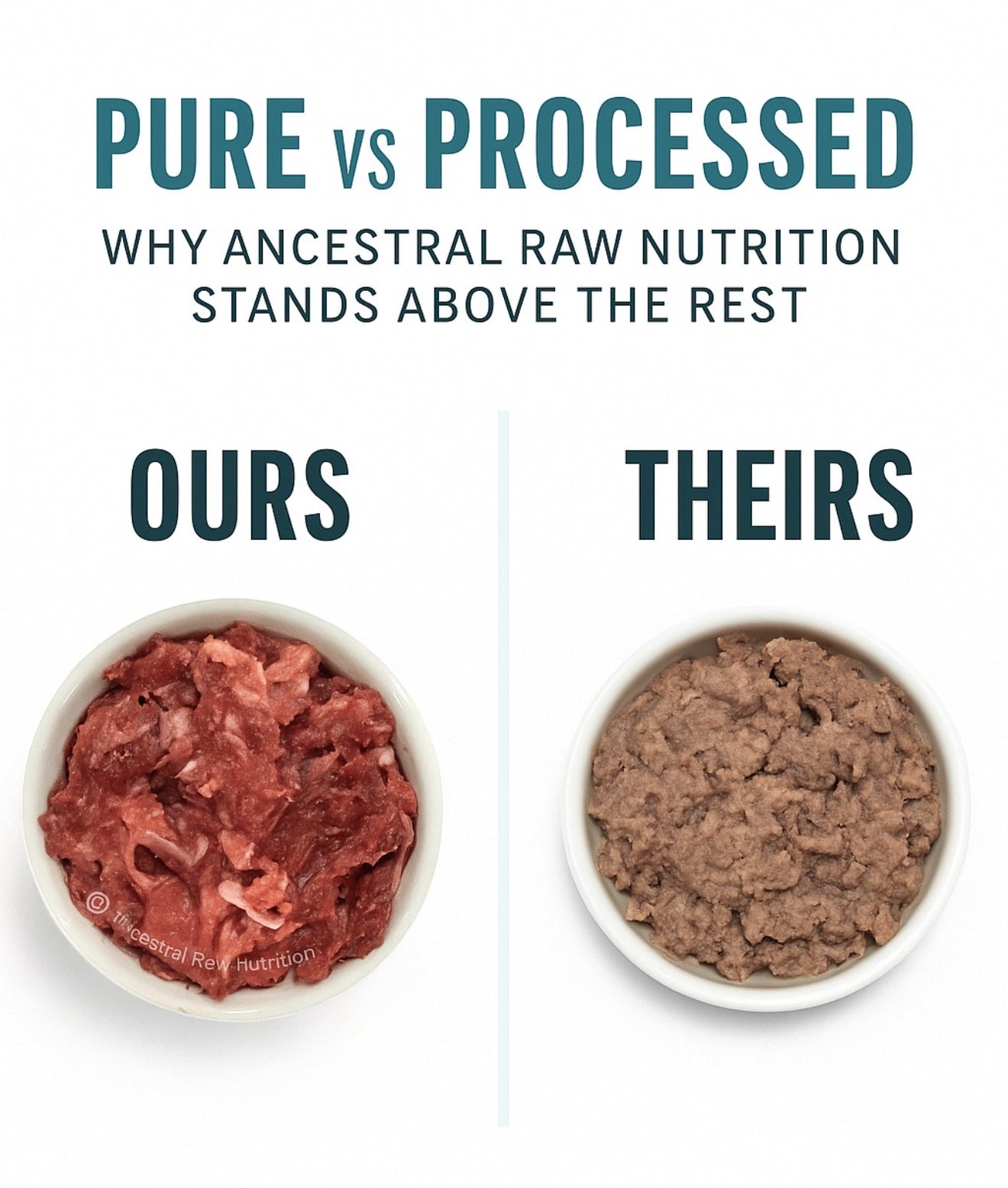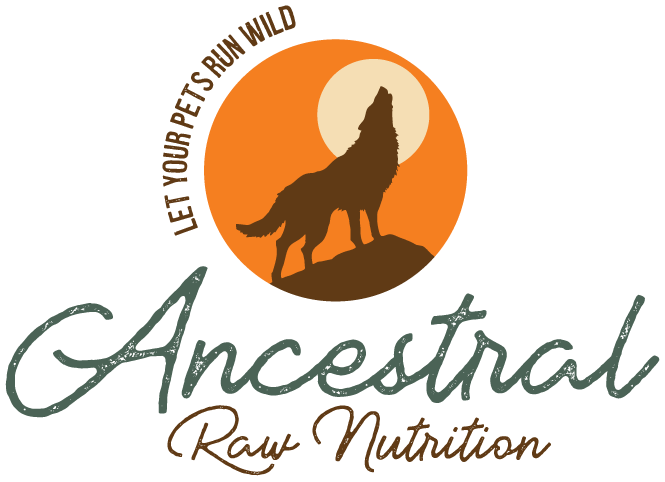
General Concerns with Commercial-Grade Ingredients in Pet Food
Feeding pets diets—whether raw or kibble—that contain herring oil, mixed tocopherols, and artificial amino acid complexes comes with some important considerations. Here's a breakdown of the potential cons or concerns associated with each:
1. Herring Oil (or Fish Oils in General)
While rich in Omega-3s, there are risks:
-
Oxidation: Fish oils are prone to going rancid quickly, especially when exposed to heat and air (common in kibble processing or poor storage).
-
Toxin Accumulation: Some fish, including herring, can accumulate heavy metals like mercury or PCBs depending on their source.
-
Allergies: Fish can be an allergen for some dogs and cats.
-
Overuse in Formulas: Some manufacturers rely on oils instead of whole fish or fresh fat sources, reducing the overall nutrient quality and bioavailability.
2. Mixed Tocopherols (Synthetic Vitamin E Preservative)
-
Synthetic Source: Often derived from soy or genetically modified crops.
-
Lower Bioavailability: Synthetic vitamin E isn't as well absorbed as natural sources.
-
Disruption of Nutrient Balance: Over-reliance on tocopherols to prevent rancidity may suggest the product contains unstable fats or poor-quality ingredients to begin with.
-
Misleading Labeling: Brands may market it as a “natural preservative,” but its benefits are limited compared to feeding truly fresh, unprocessed fats.
3. Artificial Amino Acid Complexes (e.g., Zinc Proteinate, Copper Sulfate, Iron Proteinate, Manganese Oxide)
These are lab-synthesized mineral supplements used to meet AAFCO guidelines.
Potential Issues:
-
Low Absorption: These inorganic or semi-organic mineral forms are not always well absorbed compared to naturally occurring minerals in raw meat and organs.
-
Toxicity Risk: Imbalances or excesses (especially copper or iron) can lead to organ damage or chronic toxicity over time.
-
Bypass Natural Balance: Instead of feeding nutrient-dense organs or bones (like liver for iron or bone for calcium), brands often rely on cheap, isolated lab-made additives to “check boxes” nutritionally.
🔎 Summary of Cons in a Pet’s Diet with These Additives:
| Ingredient | Main Concerns |
|---|---|
| Herring Oil | Can oxidize easily, heavy metal risk, not as stable as whole food fats |
| Mixed Tocopherols | Synthetic, possibly GMO-based, may cover up rancid fats |
| Amino Acid Complexes | Less bioavailable, imbalance/toxicity risk, not species-appropriate |
🐾 Why Ancestral Raw or PMR is Preferred:
-
No synthetic ingredients — real nutrition from meat, bone, and organ.
-
Species-appropriate — modeled after what dogs and cats are biologically designed to eat.
-
Naturally balanced minerals — bioavailable zinc, copper, manganese from prey sources, not a lab.


Leave a comment
This site is protected by hCaptcha and the hCaptcha Privacy Policy and Terms of Service apply.